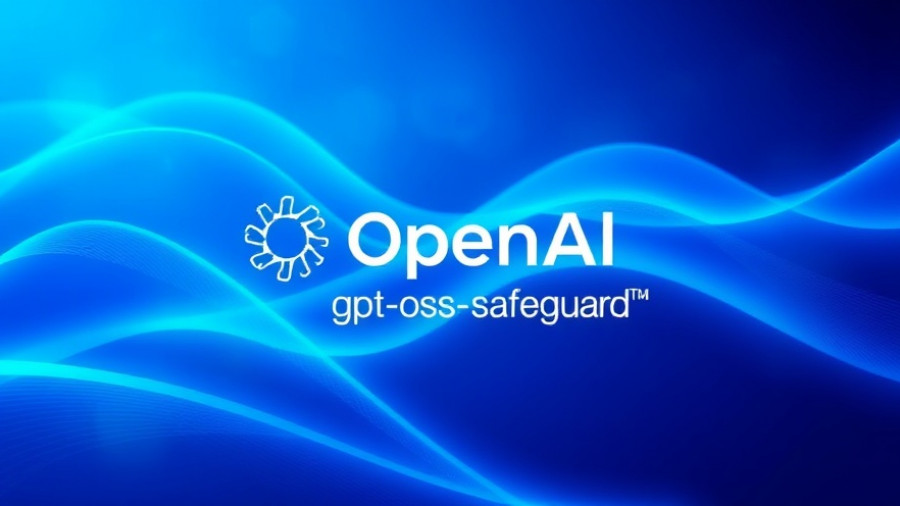
Unlocking AI Safety: Understanding gpt-oss-safeguard
In today's rapidly changing digital landscape, businesses face a growing need for tools that can help maintain safety and compliance across their online platforms. Enter gpt-oss-safeguard, a model designed to enhance online safety through policy-driven reasoning. Unlike traditional content moderation systems, this innovative model interprets user-defined policies with clarity and transparency, making it easier for users to manage content effectively.
What Makes gpt-oss-safeguard Unique?
Built on the gpt-oss architecture, gpt-oss-safeguard encompasses fine-tuning specifically aimed at safety classification tasks. As an open-weight model, the parameters are publicly available, ensuring users have insight into how the model operates. This distinct approach not only facilitates better understanding but also empowers businesses to customize the model according to their unique policy requirements, making it a valuable tool for small and medium-sized enterprises.
How to Access and Implement
For businesses interested in leveraging the gpt-oss-safeguard for their content moderation needs, access is available through platforms like Hugging Face and Groq. These platforms offer playground environments where users can experiment with the model to see how it functions in real-world applications. Moreover, testing custom policies can be a straightforward process. For instance, you could set a policy aimed at filtering specific types of content and observe the model's output regarding compliance with that rule.
Testing gpt-oss-safeguard: A Case Study
To illustrate the potential of gpt-oss-safeguard, let’s consider a hands-on testing scenario. With a simple query, such as "The quick brown fox jumps over the lazy dog," the model was able to accurately label the content according to a tailored policy for detecting animal names. This showcases not only the model's effectiveness but also its adaptability to specific business needs.
Benchmark Performance: How It Stacks Up
Evaluations of gpt-oss-safeguard have shown promising results. In internal moderation tasks, it outperformed other models like gpt-5-thinking in multi-policy accuracy, demonstrating an impressive capability for nuanced decision-making. This performance is notable considering the model's smaller parameter size compared to some of its counterparts. However, potential users should be aware of limitations, such as occasional inaccuracies in reasoning and compute costs associated with running the model.
Practical Implications for Businesses
For small and medium-sized businesses, the implications of adopting gpt-oss-safeguard are significant. It provides a framework for flexible content moderation without the need for extensive retraining. By utilizing such models, companies can enhance trust and safety, safeguarding their platforms from potential harm while ensuring compliance with their established policies.
The Road Ahead
In conclusion, gpt-oss-safeguard represents a significant advancement in AI safety models. By providing a transparent, flexible, and user-focused approach to policy-driven moderation, it offers businesses the tools they need to navigate the complexities of online content management. As AI continues to evolve, models like gpt-oss-safeguard can help businesses maintain safety standards while fostering an environment of responsible AI usage. Optional testing and user feedback will only continue to enhance its capabilities in the future.
 Add Row
Add Row  Add
Add 



Write A Comment